By Robert A. Irwin
Notes made by Russ Faure-Brac
This was written in 1989, but it is as applicable today for pursuing peace as ever.
Summary of the Summary
- The fundamental elements of a Peace System are:
1) Global governance and reform
2) Non-threatening national defense policies
3) Changes in economics and culture that would support peace with freedom by lessening inequalities and tensions
- While pressuring governments for policy changes is important, a broader strategy to change people and institutions is needed, including:
1) Altering which information sources people rely on
2) Public financing of elections
3) Challenging the racist, sexist and nationalistic premises of current policies
4) Fostering different economic arrangements
- If war can be designed to as a system to do harm, peace can also be designed as a system to produce harmony.
Introduction – The Peace System Approach to Ending War
- Past efforts to end war have not been sufficient. To end war an approach must be able to cope with a variety of things that can go wrong, be complex yet flexible and robust so that if one thing doesn’t work, another comes into operation.
- A well-established peace system involves multiple layers:
1) Global reforms to reduce the causes of war
2) Institutions for conflict resolution to prevent war
3) Third party (military or nonmilitary) peacekeeping intervention to rapidly halt an attack
4) Popular nonviolent resistance against any sort of attack short of outright annihilation. Victory is not guaranteed but nor is it in war.
Part One: The Present Debate and Beyond
- US security is defined in dominant circles as nuclear war fighting, deterrence and arms control.
- Various authors have redefined the causes of war: large-scale mass society (decentralization is the solution), political and economic inequality (“global apartheid”), systems of (masculine or patriarchal) dominance and submission.
- Joanna Macy emphasizes four ingredients in a strategy leading to peace:
- Willingness to face the crisis
- Capacity to see and think systematically and holistically
- A changed view of power
- The necessity of nonviolence
Part Two: Designing a Peace System
- It is important to envision the future 1) clarity about goals is essential, 2) the more vivid the goal, the more it inspires and 3) envisioning new institutions poses a challenge to existing institutions.
- In considering how utopian to be, consider the possible rather than the most likely.
- The realistic time span to be considered for achieving a goal should be based on how much power you have.
- A good planning framework is based on an analysis of what presently exists, a vision of what could come to exist in the future and a strategy to get from the present to the desired future.
- Try several solutions simultaneously, see what works and adapt
- A perfect design for a peace system is not needed to bring about peace.
- Hanna Newcombe in Design for a Better World (1983) offers seven general guidelines:
1) Develop at various points, a continuous range of alternatives, rather than a single, static, rigid design
2) Build in nonviolence, order and justice as the three components of peace
3) Pay attention to stages and proceed experimentally, evaluating successes and failures along the way so that corrections may be introduced
4) Pay attention to comprehensiveness and integration of planning (?)
5) Use the principle of “subsidiarity” where any activity should be carried out at the lowest levels consistent with the efficient performance of the task
6) Get in “equilibrium with nature” – “almost” is not good enough (?)
7) Maximize both the acceptability and the effectiveness of the plan. Perhaps have different groups push different plans that vary in how modest or far-reaching they are.
- In considering world government, the function of governance need not be delegated totally to an institution called government. Adequate governance requires:
1) Elected representatives to make laws
2) An executive branch with police to enforce laws
3) Courts to fairly resolve disputes
Other factors in the functioning of a system of law are:
1) The inherent tensions that are seeds of future overt conflict
2) The perceived legitimacy of the legal system and thus the willingness of parties to “abide by the decision”
3) The conflict resolution methods used to prevent problems from reaching an acute stage
4) The means used for enforcement when laws are broken
- It is not true that the means of security for one state are the means by which other states are threatened. There are means of defense that do not threaten others and that involve no significant attack capability, such as weapons with fixed locations (like fortresses and anti-aircraft emplacements) or within or near one’s own territory (like short-range aircraft). Aircraft carriers, long-range missiles and bombers are more purely offensive and a clear threat to other states.
- The economics of a lasting peace are secure, sustainable and satisfying.
- Societies will be less war-prone to the extent they replace misery, desperation and insecurity with reliable subsistence for all.
- There are limits to economic growth, but with proper management there can be a decent life for all the world’s people.
- Widespread participatory economic development could support global peace in three ways:
- By enabling citizens to scrutinize and control leaders and resist manipulation into war
- By preserving the global environment through increasing democratic local control over economic life, and
- By increasing people’s competence and desire to participate in decision-making
- The path to peace will not come from a sudden change in culture, religion or the human psyche, but rather from changing aspects of present reality.
Part Three: Making Peace a Reality
- Rather than trying to persuade top policy-makers to cooperate in a plan of action to bring peace, we must gradually build most of the elements of a peace system. Build up a stronger and stronger peace system until it’s stronger than the war system, then we will have switched over.
- A “best case” scenario for peace could have four layers:
- Greater efforts to eliminate the causes of war
- International conflict resolution procedures
- Dissuasion from aggression by making peace more attractive than war
- Defense against aggression, assisted by a new UN Agency for Transarmament
- Best-case scenarios are valuable because they counter-balance the “worst-
case” planning that has rationalized a continual arms buildup.
- More sophistication from the American public is needed to compel our government to let other societies make their own choices about how they are organized.
- Lobbying and electoral work on one hand and nonviolent direct action and the raising of demands are complementary.

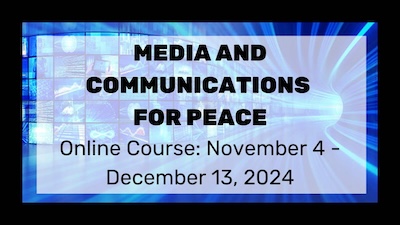

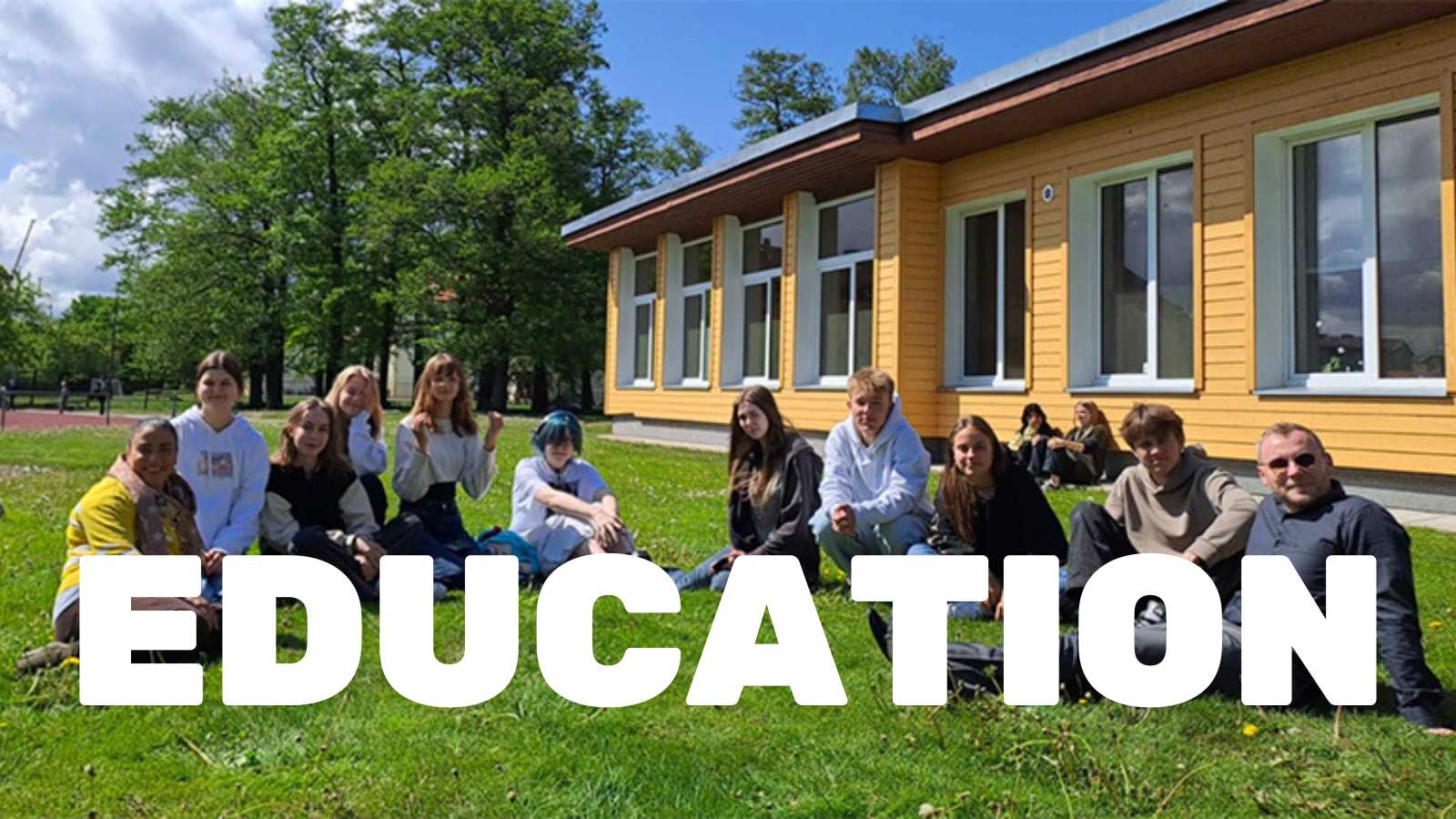
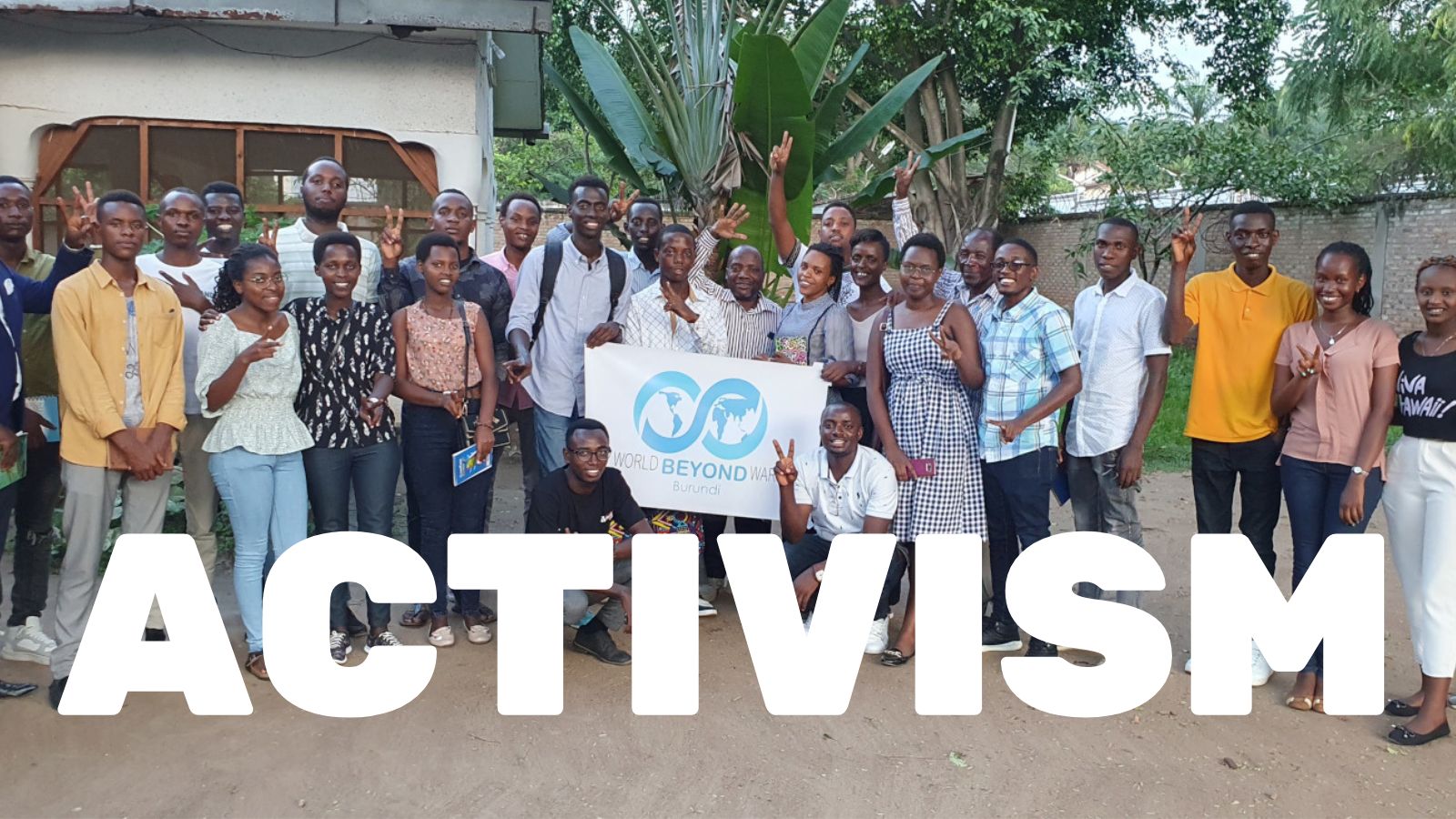
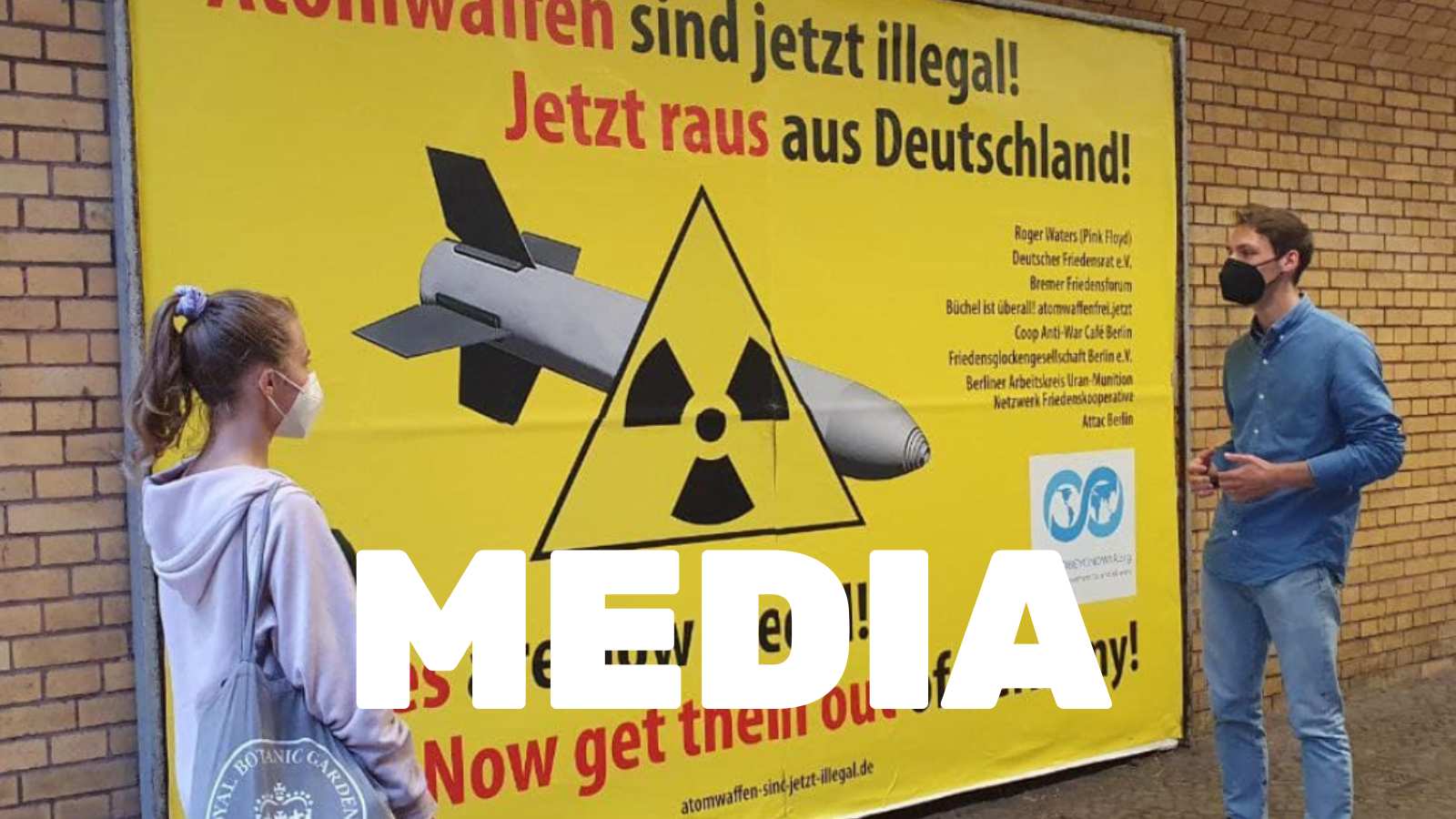


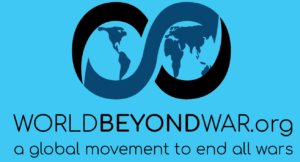
2 Responses
Russ Faure-Brac wrote (above) that despite having been written in 1998, “Building a Peace System” is “as applicable today for pursuing peace as ever.”
Could you kindly correct an error? The book was actually published in 1989, not 1998. Thank you. In a way, this fact underscores Russ’s point.
—Robert A. Irwin (author of “Building a Peace System”)
sure
thanks